Hello,
I have exhausted my research of a lathe I purchased awhile back. The seller could not provide any history (age or make) of the lathe. This lathe appears to be the eldest in the lathes I have. My guess is before 1870. Any guess as to the make or age would be appreciated. Thank you in advance!
Some specs on the lathe that are visible are that it will turn 18 inches between centers and 7 inches in dia. Mating surfaces have stamped numbers, thread sizes that are not standard, some what ornate and original green paint and planer marks on the bed and underneath side of bed.
Have photos.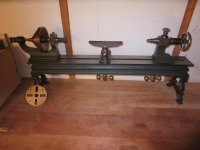
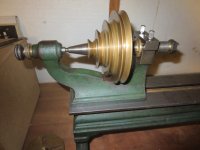
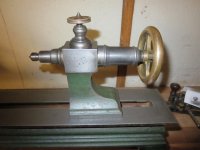
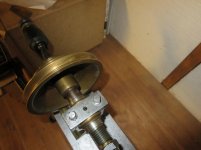
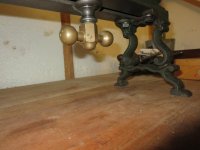
I have exhausted my research of a lathe I purchased awhile back. The seller could not provide any history (age or make) of the lathe. This lathe appears to be the eldest in the lathes I have. My guess is before 1870. Any guess as to the make or age would be appreciated. Thank you in advance!
Some specs on the lathe that are visible are that it will turn 18 inches between centers and 7 inches in dia. Mating surfaces have stamped numbers, thread sizes that are not standard, some what ornate and original green paint and planer marks on the bed and underneath side of bed.
Have photos.







